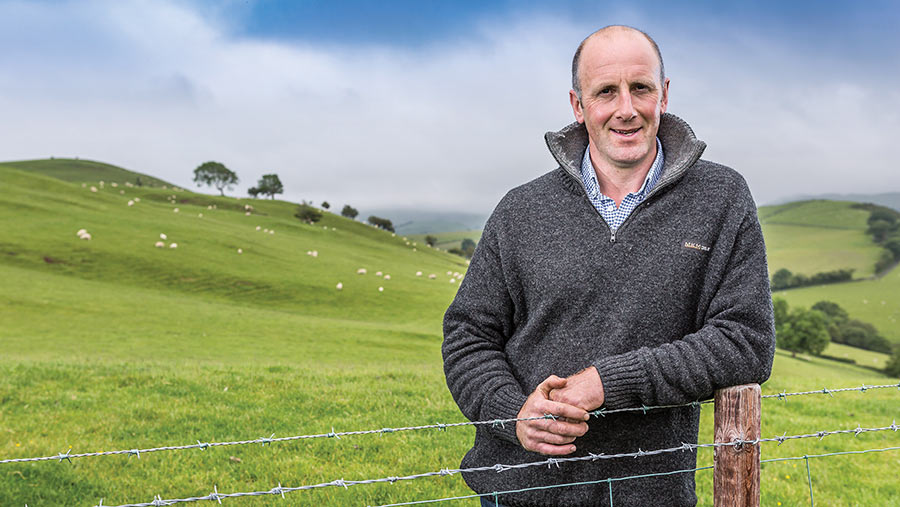Farmer Focus: June end sees shift in grazing management
 © Richard Stanton
© Richard Stanton The end of June marks the finish of the grass heading period, bringing a significant change to our grassland management.
Until now, grazing has been concentrated on keeping grass height as short as possible to avoid heading, which greatly reduces grass quality.
From this point in the year onwards, because of changes we make to our livestock management, grass will be able to grow.
See also: Farmer Focus: Shearing competition shows community spirit
But most importantly, the white clover can have its resting period for two to three weeks, from continuous sheep grazing.
This will enable the stolons (creeping stems with secondary roots) to strengthen and secure the clover’s survival for the years to come.
In the months leading up to this point, the ewes and lambs have been given priority for grassland, and the cows and calves used as a grazing tool, continuously moving to keep sward height down to an optimum 4-6cm.
As the lambs are weaned, and the herd’s mating period begins, the cows become a higher priority. This is to ensure they can get back in-calf and are able to produce more milk to feed their growing calves.
Our usual shearing date is around the longest day, coinciding with weaning. However, at this year’s shearing, we experienced a great deal of ewes having early signs of blowfly attack.
Postponing shearing for a few days would have been catastrophic and a serious animal welfare issue. We will need to review our shearing date for the future, if the kind of weather patterns we’ve seen in recent summers continue.
This brings to mind when animal activists were campaigning against the alleged cruelty of shearing sheep a few years ago. They surprisingly convinced some of the major retailers that this was the case.
Shearing ewes is equivalent to humans having a haircut, and the natural process of pulling off their warm winter jumper to be much more comfortable in a summer heatwave.
In situations like these, it’s clear how little these people know about the true facts of farming.
It also emphasises the importance and dire need of educating the public, and especially schoolchildren, for them to understand our farming techniques and to explain the reason behind what we do.

